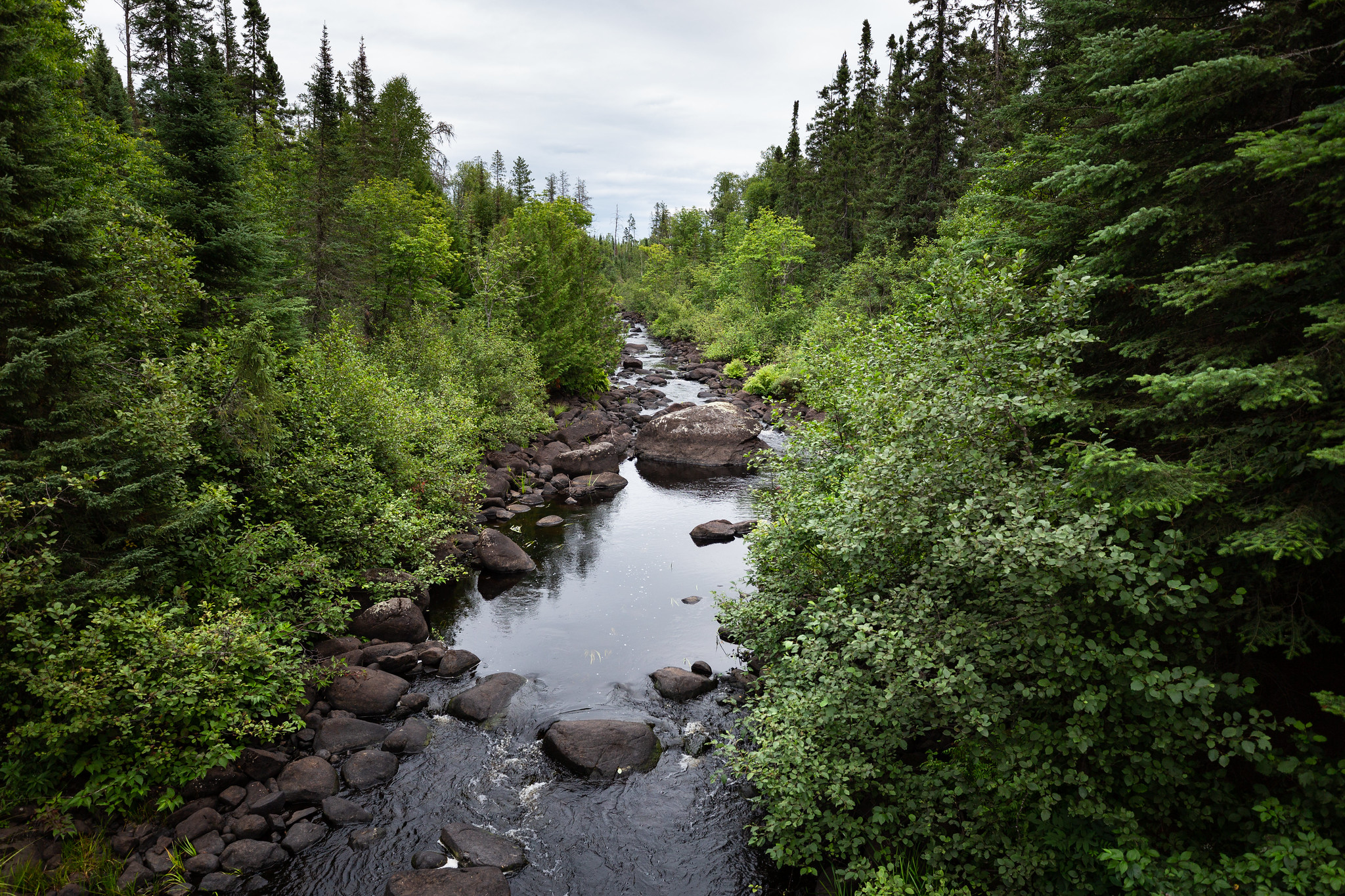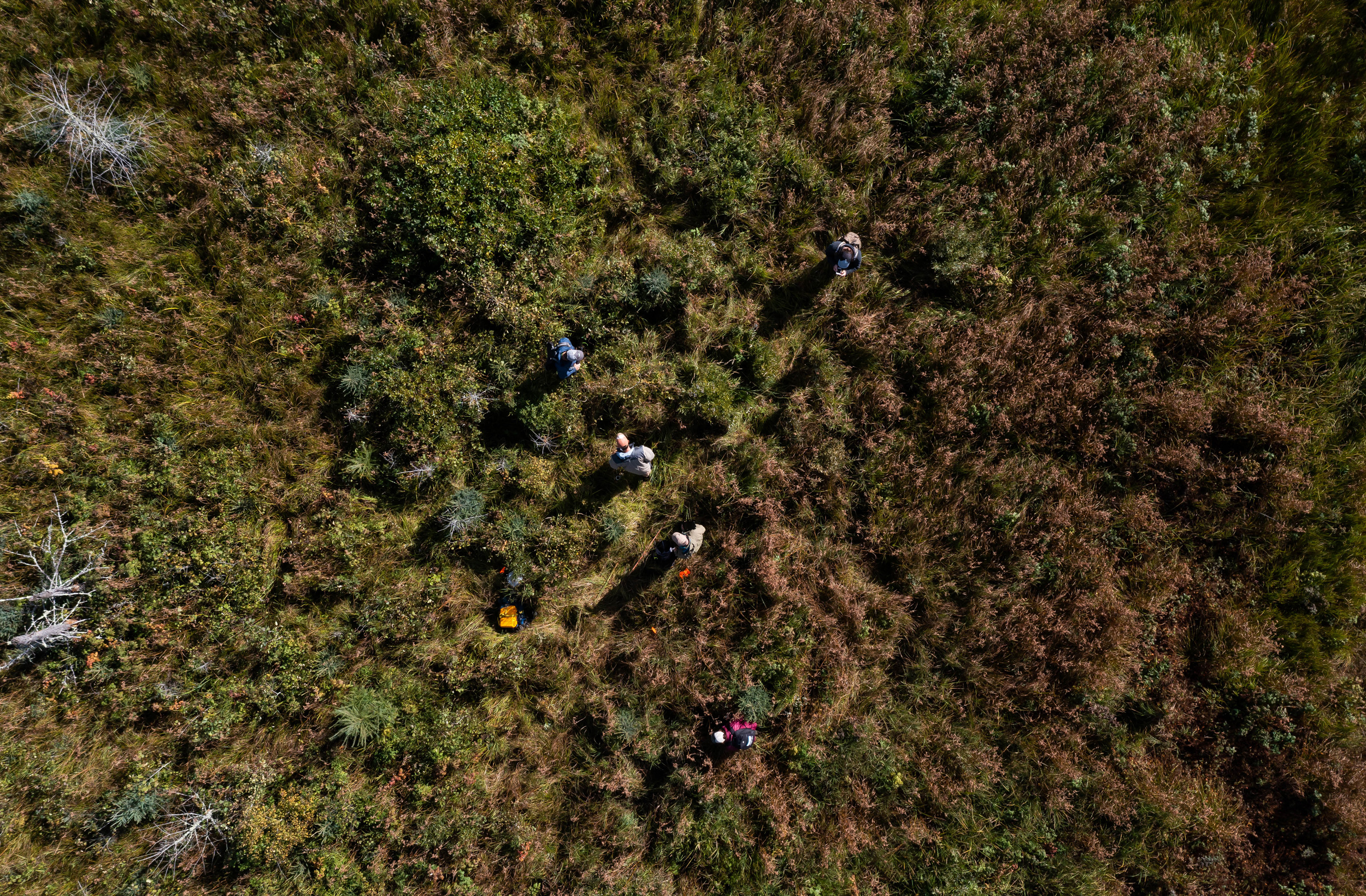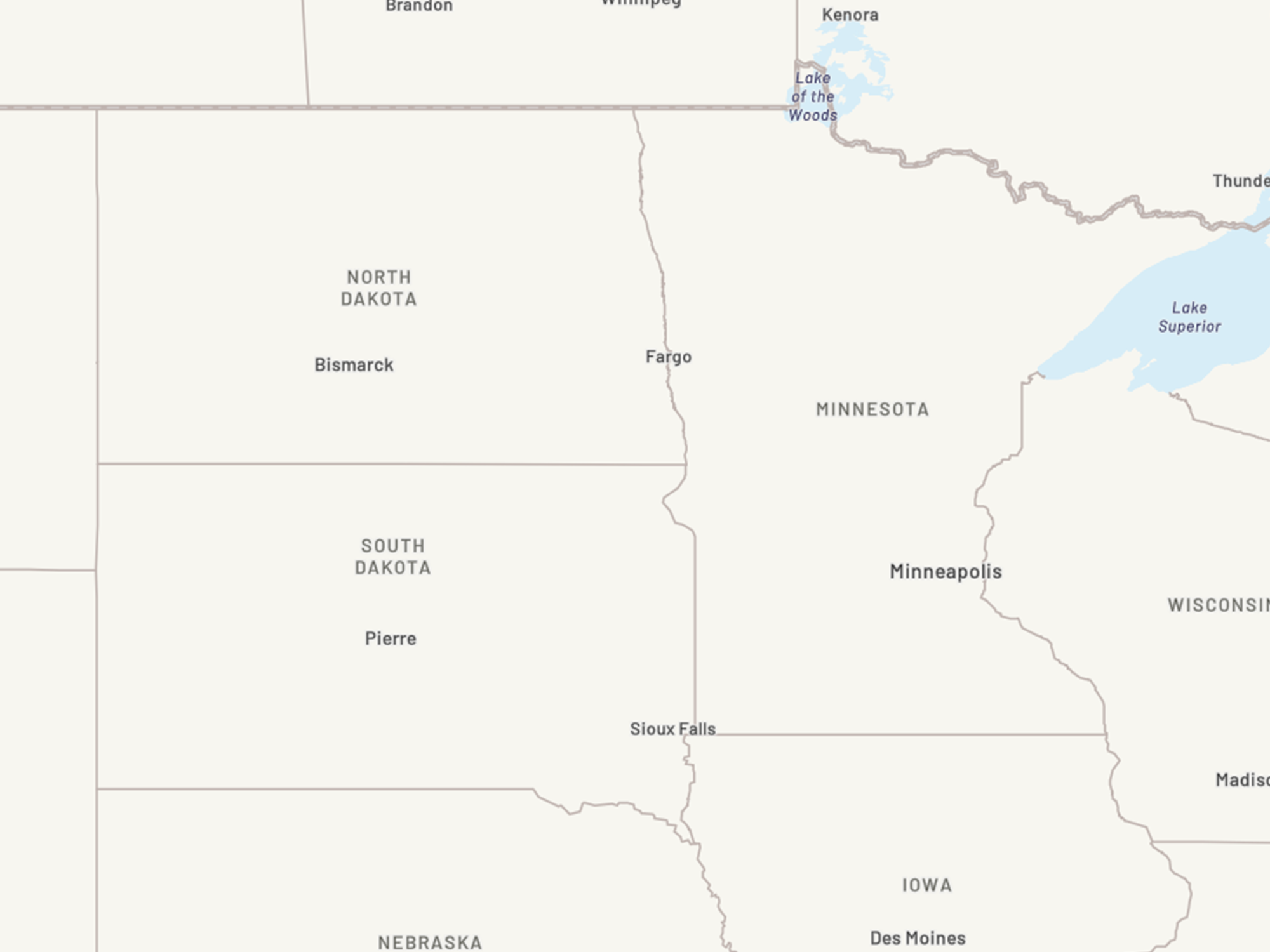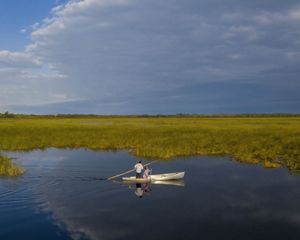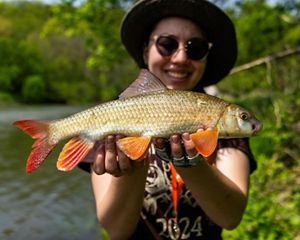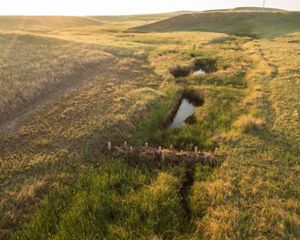Fresh Water: Our Great Connector
Fresh water is everywhere. It’s indispensable and imperiled. Here’s how we’re working to protect it.

In Minnesota, more than 10,000 lakes dot the landscape, offering a haven for fish and a reliable source of clean water for Minnesotans. The mighty Mississippi begins as a humble stream in Itasca State Park, slowly winding its way through wetlands and woodlands as it journeys south. Lake Superior crashes its ocean-like waves against the North Shore, connecting the state to the Great Lakes.
In North Dakota and South Dakota, the Missouri River flows steadily through the heart of both states, shaping iconic landscapes and providing habitat for countless species. East of the river, prairie pothole wetlands blanket the plains, offering refuge for waterfowl to nest, breed and rest. West of the river, a more arid climate means every drop of water is precious—and must be protected.
Fresh water across the region provides bounties for people and nature alike. Without rivers, lakes, aquifers and wetlands, life as we know it would be impossible. Here at The Nature Conservancy, we know water is life. To protect nature, we must protect our freshwater resources.
Fresh Water
Minnesota, North Dakota and South Dakota
-
20M
people depend on the Mississippi River for drinking water. The river gets its start in northern Minnesota.
-
60%
of Minnesota’s wetlands have been lost. Conversion for development and agriculture are some of the biggest threats to remaining wetlands, which help keep our water clean.
-
38,000
metric tons of stored carbon have been lost due to the drainage of Minnesota’s peatlands.
-
25,000+
barriers prevent fish from moving upstream and disconnect their populations across Minnesota, North Dakota and South Dakota, imperiling populations in a changing climate.
Water flows through us all—human or sturgeon, bison or bluestem. Water made us, and we need it to survive.
How we’re helping
-
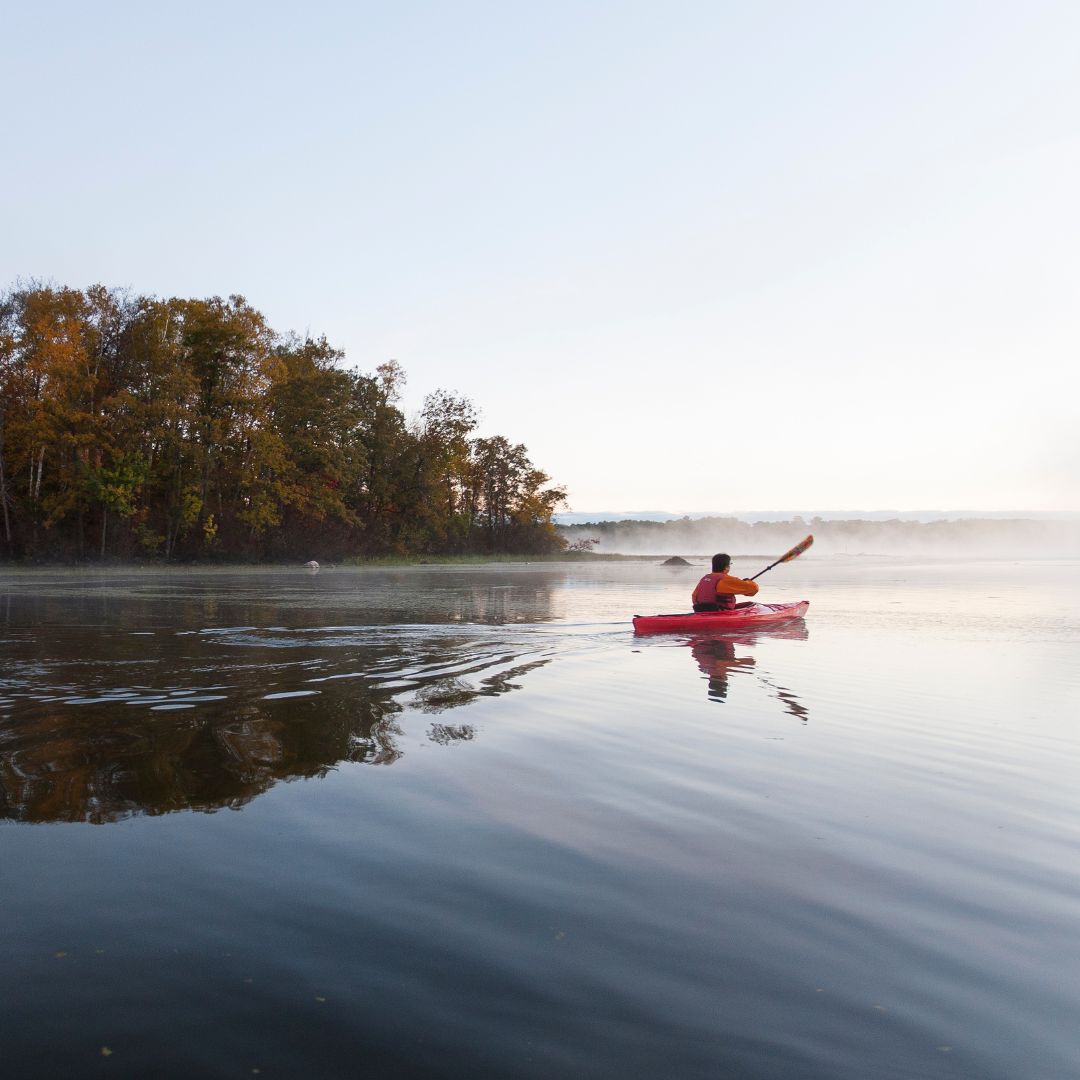
Refining freshwater science.
Science is the bedrock of our conservation work. Our scientists are researching methods to conserve and restore critical freshwater resources, like peatlands. Learn more
-
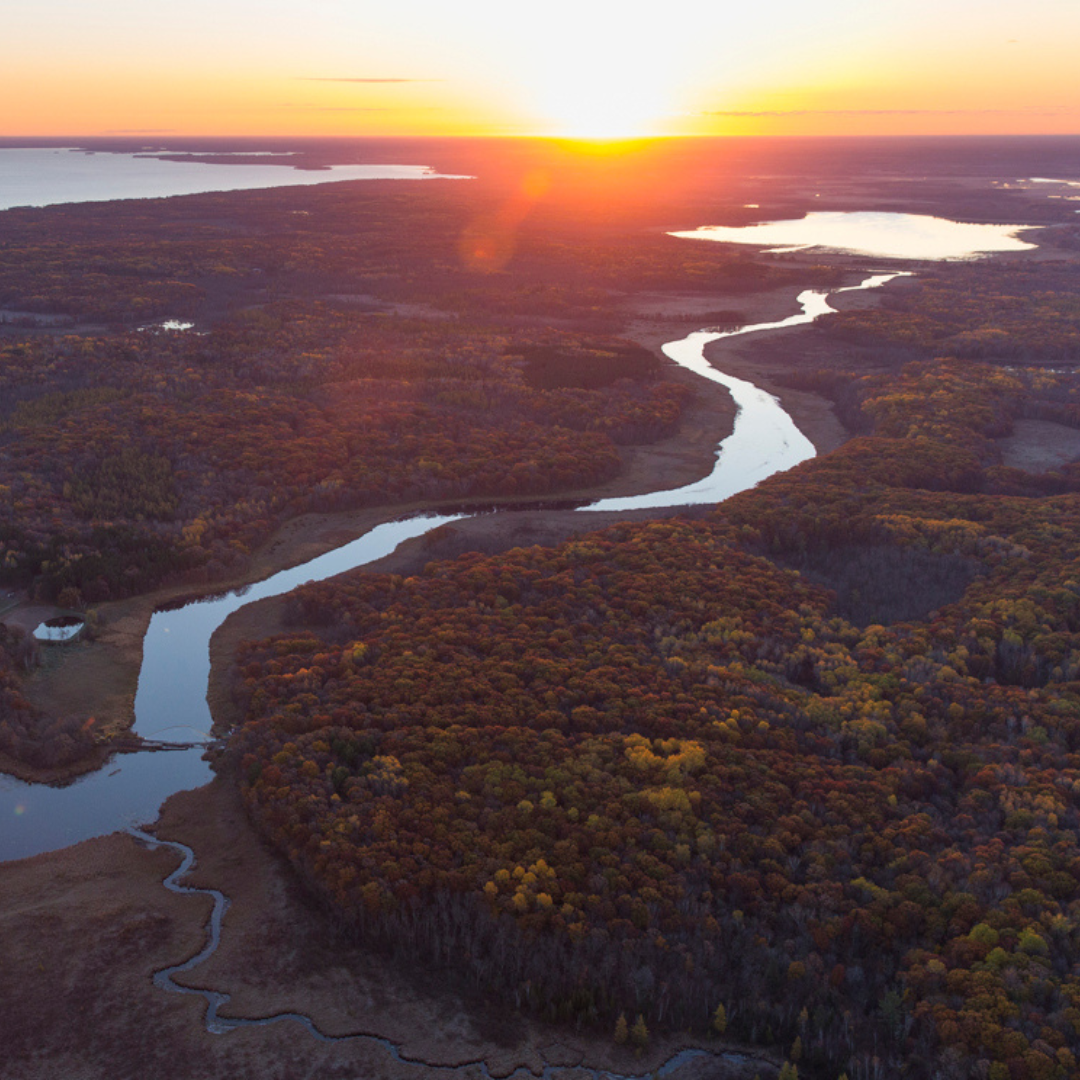
Improving river connectivity.
We’re exploring fish passage technologies and dam removal and modification to reconnect fish habitats that have been separated for more than a century.
-
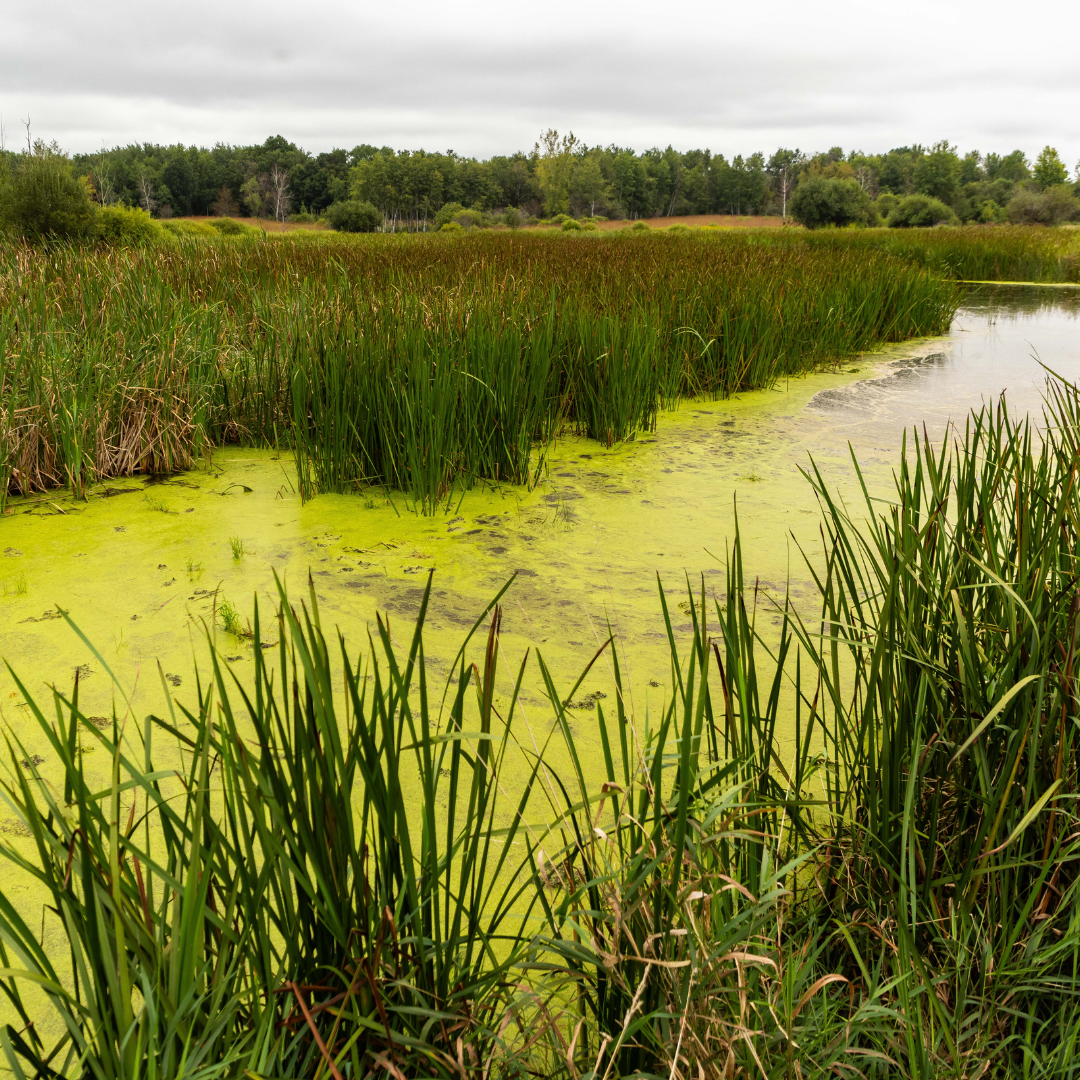
Restoring wetlands.
In partnership with the U.S. Fish and Wildlife Service and others, we’re restoring wetlands and peatlands to reduce flood risk, improve carbon storage and ensure clean water flows to our rivers. Learn more
-

Influencing the supply chain for soil health.
Agriculture has a major impact on water quality. In Minnesota, we’re working with agronomists, corporations, farmers and others along the agricultural supply chain to encourage practices that improve soil health and keep water clean. Learn more
-
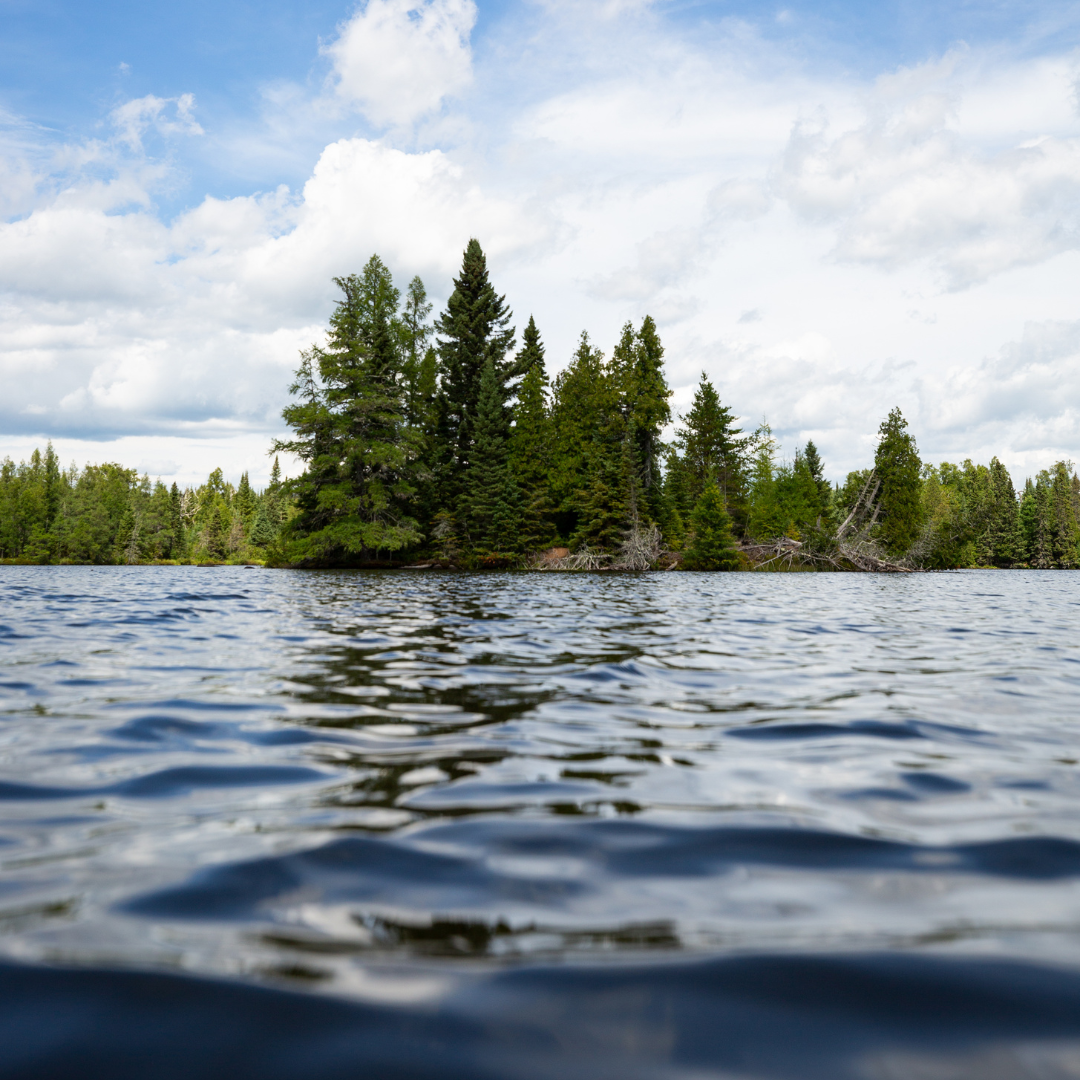
Advocating for healthy fresh water and biodiversity.
We’re helping advance public funding and policy that supports freshwater conservation. Learn more
Where We Work in Fresh Water
Our freshwater work covers all corners of our chapter. Explore diverse examples of ways we’re conserving freshwater resources.
Mississippi Headwaters
The mighty Mississippi River starts right here in northern Minnesota. What happens to the river here will impact all 10 states it flows through and the Gulf where it ends.
We’re collaborating with partners to restore wetlands in the Mississippi headwaters area, conserving the most critical acres for keeping water clean, and plant millions of trees that naturally filter water before it enters the Mississippi. Wetlands, forests and grasslands in the headwaters area—which covers a quarter of Minnesota—filter out pollutants, provide habitat for a wide variety of wildlife and help ensure clean drinking water for millions of people.
Conserving land within the Mississippi River Basin, which includes 31 states and two Canadian provinces, is critical for keeping the Mississippi clean.
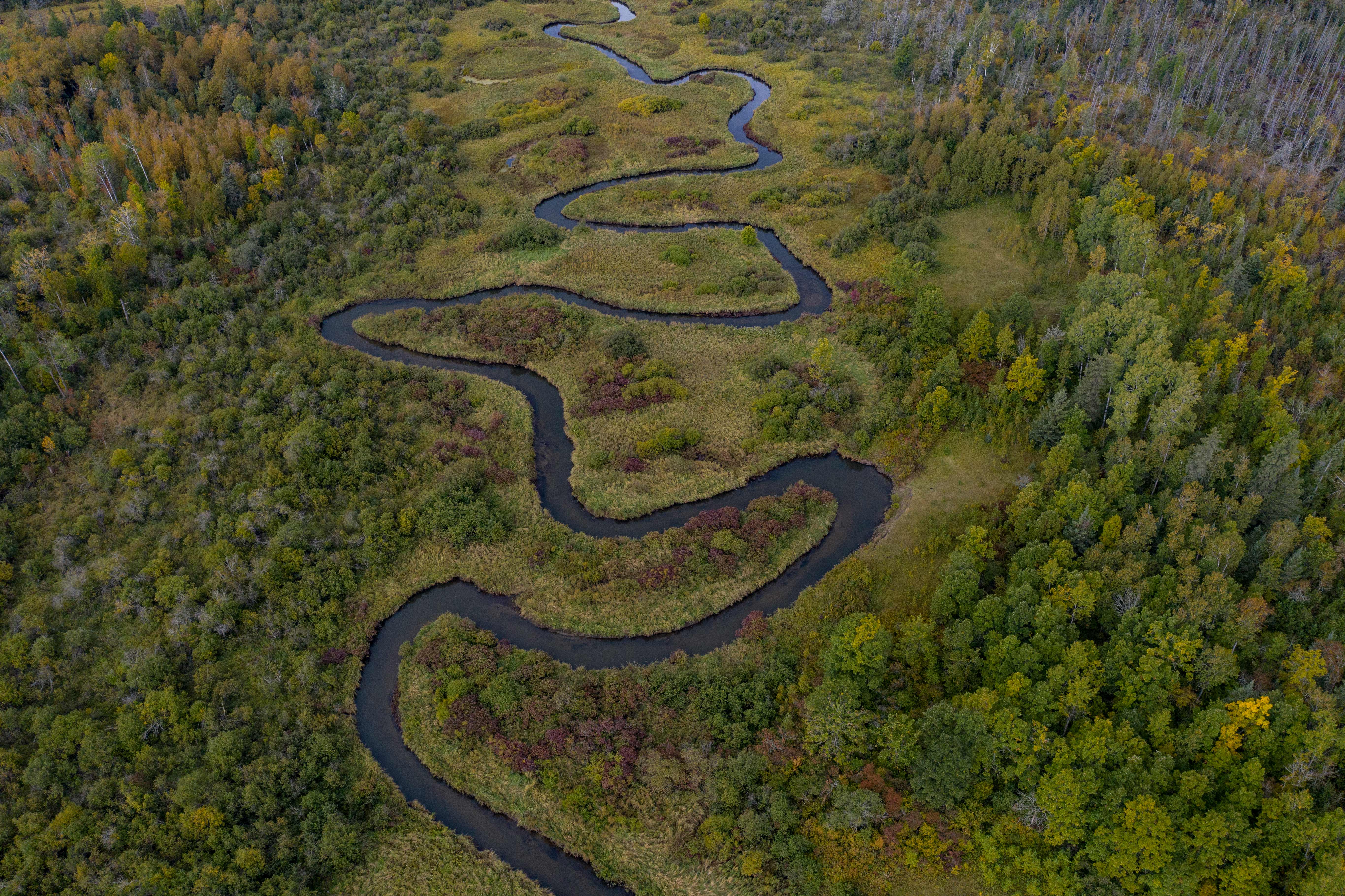
Cross Ranch Preserve
Cross Ranch Preserve, located north of Bismarck, sits along the only free-flowing section of the Missouri River in North Dakota. The preserve protects grasslands that help filter water running into the river, while cottonwood forests along the floodplain regulate water flows.
Several endangered species rely on this stretch of river. Least terns, piping plovers and migrating whooping cranes use the sandbars in the river and pallid sturgeon cruise its channels as bald eagles fish the waters.
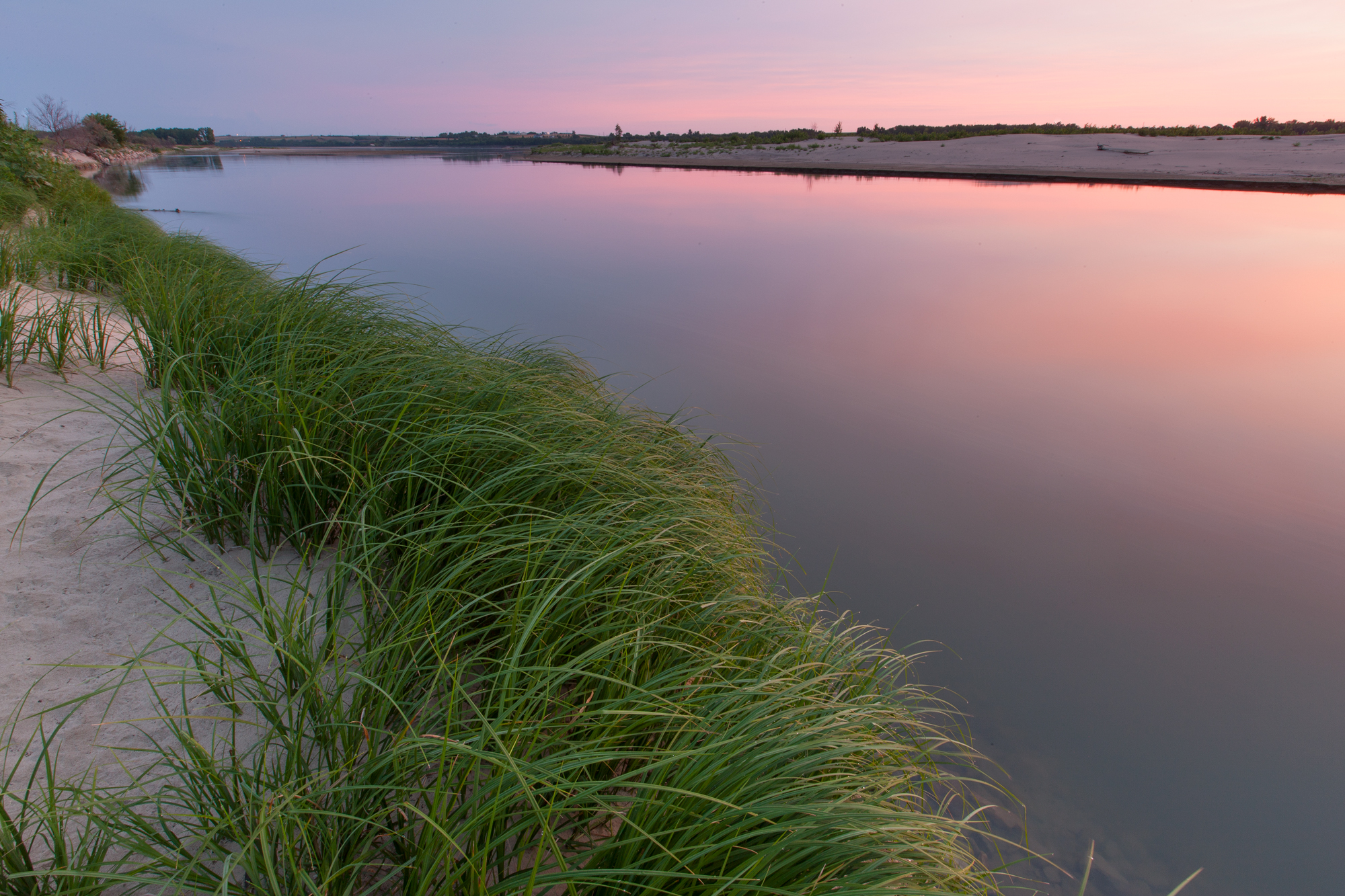
Whitney Preserve
Whitney Preserve in the southern Black Hills is a gem of South Dakota. This natural area protects more than two miles of Cascade Creek, an undeveloped warm-water system formed by the merging of seven springs, two of which are located on the preserve.
Cascade Creek’s water is rich in calcium dissolved from surrounding rocks. These unique hydrogeologic features create an environment that supports four rare plants at the preserve.
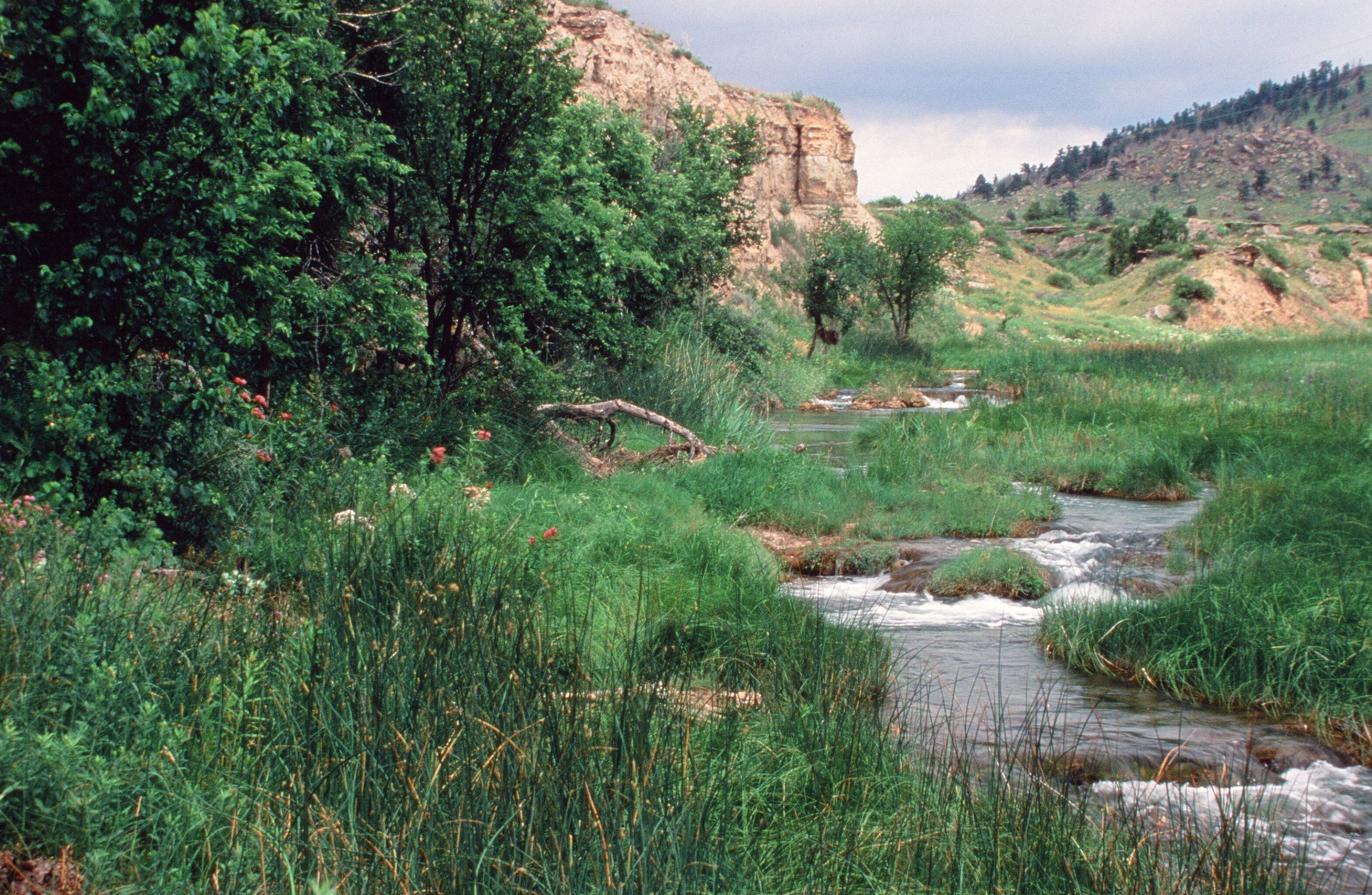
Prairie Pothole Region
Across eastern North Dakota and South Dakota, the prairie is dotted with ponds known as prairie potholes that formed nearly 10,000 years ago as glaciers moved across the land. These ponds are critical habitat for waterfowl, leading hunters to nickname this area “the duck factory of the world.”
The Nature Conservancy has several preserves in the prairie pothole region, including Ordway Prairie in Leola, South Dakota. Here, thousands of ducks and geese breed, nest and raise their young along the grassy shores of the ponds.
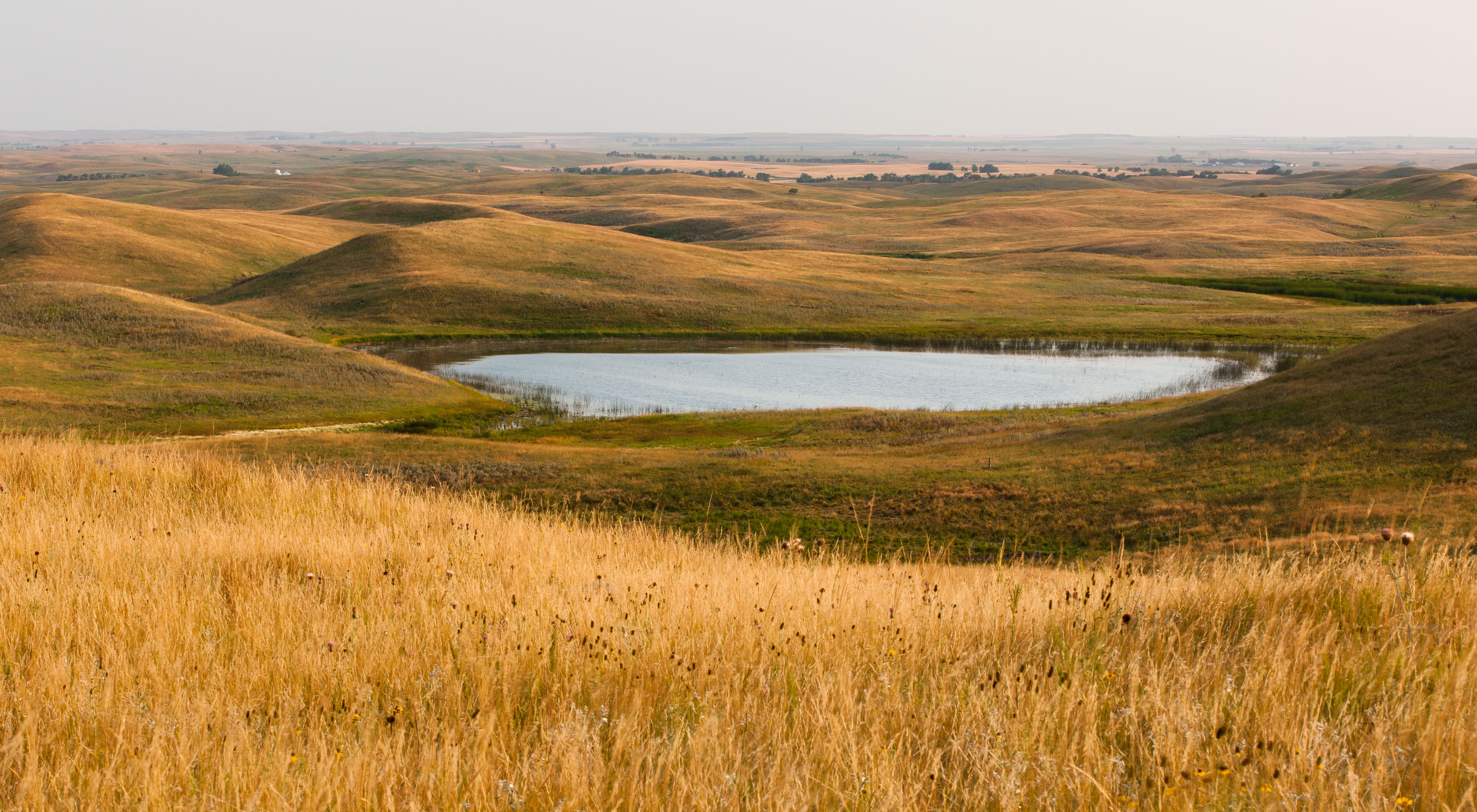
River Reconnection
From Leech Lake to the Red River, The Nature Conservancy is exploring projects to reconnect thousands of miles of rivers with innovative technologies that allow fish to pass through waters blocked by dams.
By reconnecting waterways that have been separated for more than a century, we can revitalize populations of fish, like lake sturgeon and suckers, revered by anglers and Indigenous Peoples.
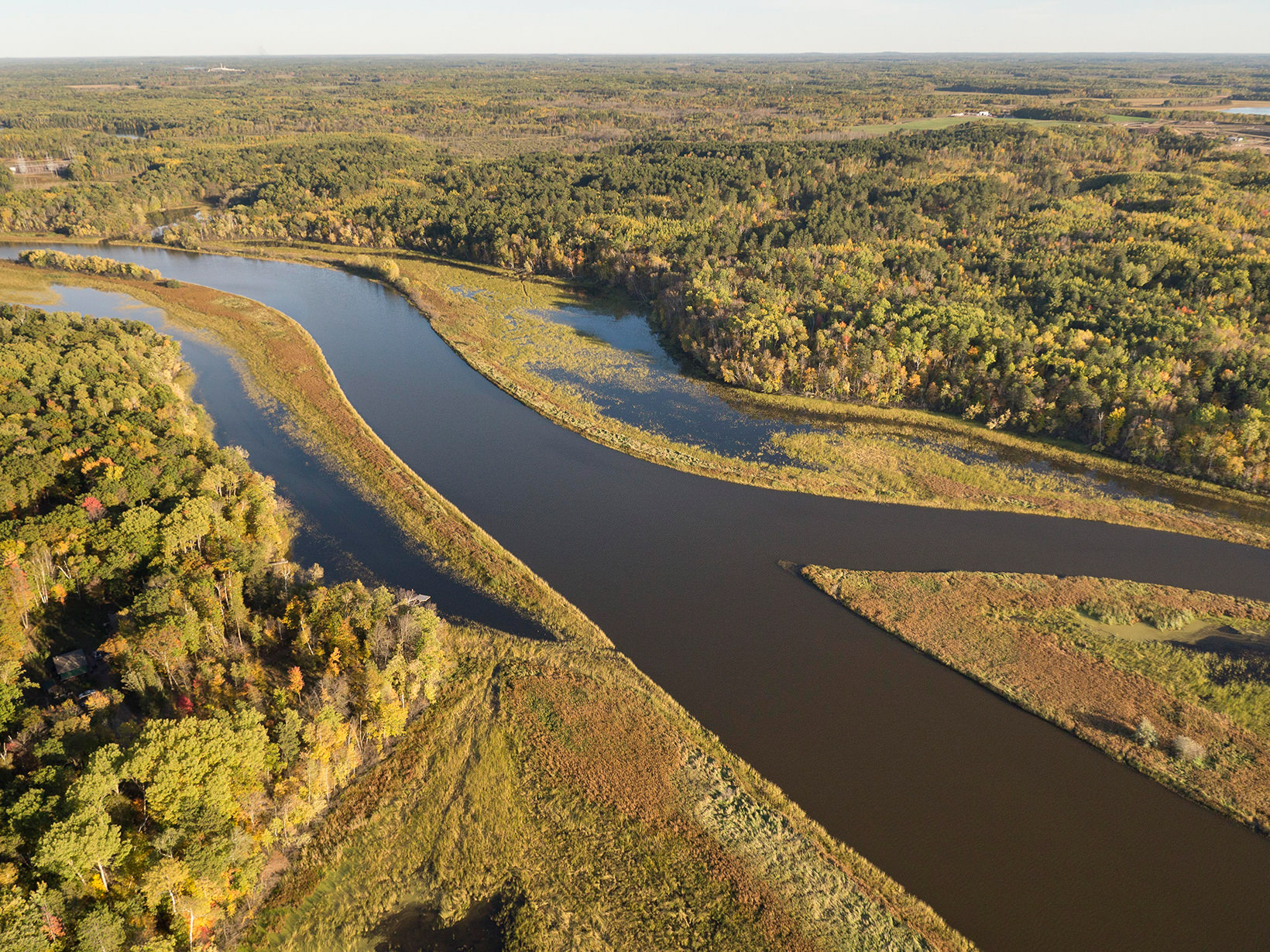
Northern Tallgrass Prairie NWR
The Northern Tallgrass Prairie National Wildlife Refuge may sound like a place that protects only grassland. But fresh water is a big part of grassland ecosystems!
The refuge’s freshwater streams are vital habitat for the federally endangered Topeka shiner, a native minnow that has lost much of its habitat to grassland conversion. TNC’s work to protect and restore prairie streams in southwestern Minnesota, in partnership with U.S. Fish and Wildlife Service, has helped this little fish make a remarkable recovery.

Agriculture
We’re working across Minnesota, North Dakota and South Dakota to improve knowledge of agricultural practices that benefit water quality and soil health. We’re training farm advisors on conservation practices, addressing barriers to adoption of sustainable practices, and promoting crop diversification to mitigate risk and improve water quality.
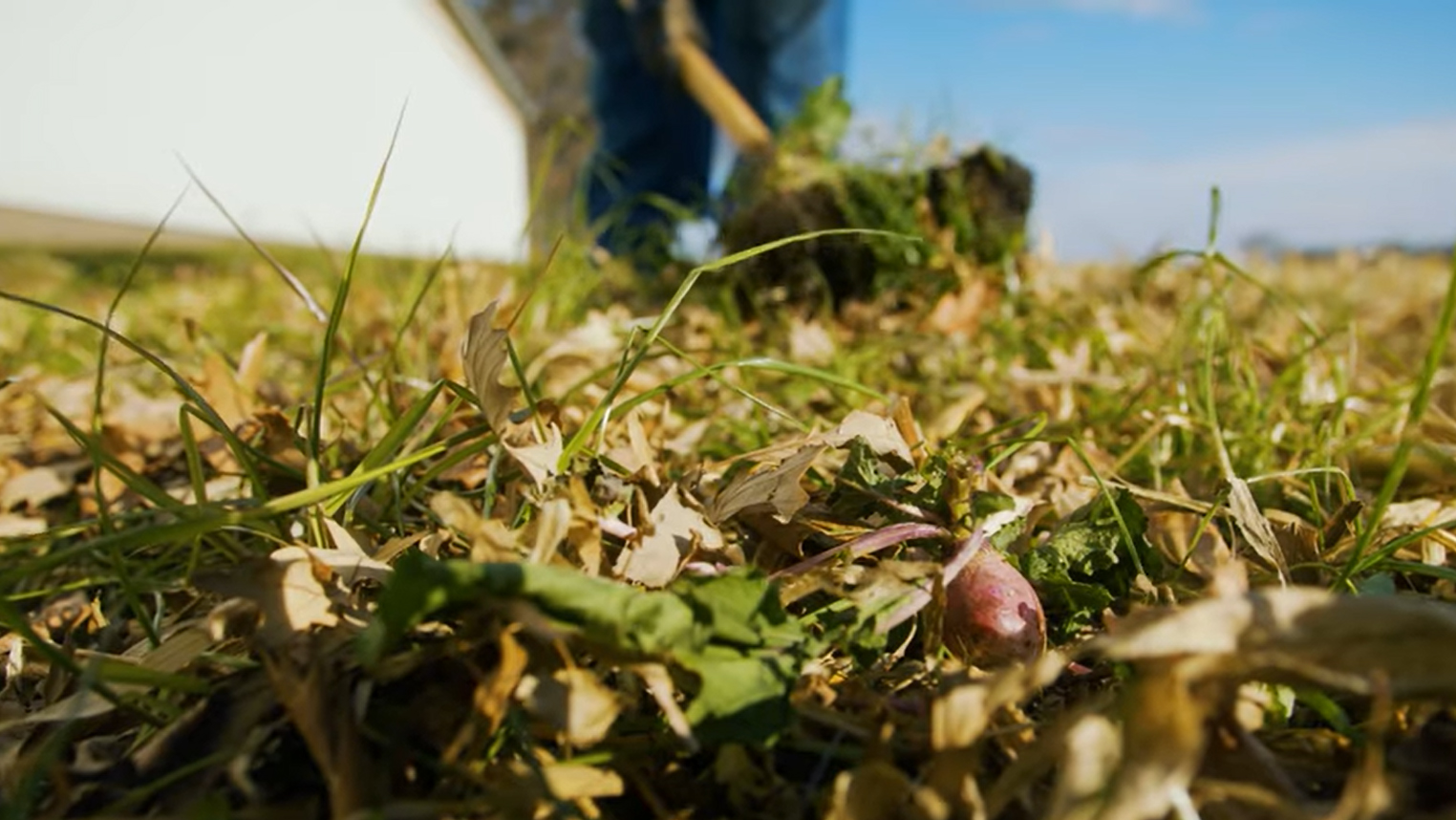
Peatlands
Minnesota has more peatlands than any other state in the Lower 48—roughly 6 million acres. These wetlands are made of layers of partially decomposed plant material and play a vital role in filtering water, storing carbon and mitigating floods.
Though peatlands cover just 3% of Earth’s surface, they store an estimated 30% of the world’s land carbon. Many have been degraded in the last century by large-scale ditching efforts that have drained the water out. Nature Conservancy scientists have been studying how bringing water back to peatlands can restore the ecosystems and be a powerful climate solution.
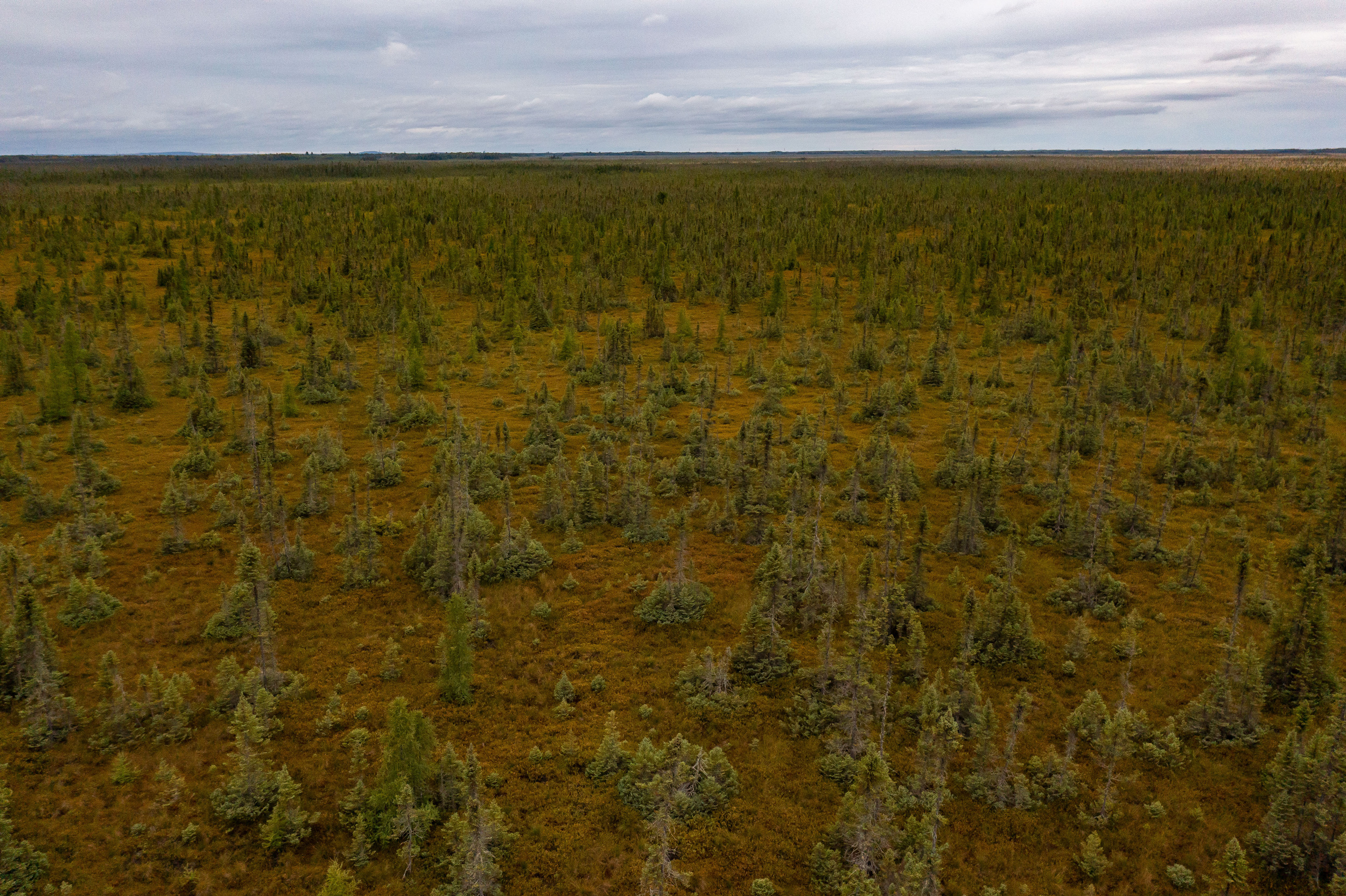
North Shore
Minnesota’s Northwoods play a major role in keeping water clean, cool and consistent in the Lake Superior and Mississippi River watersheds. Forests filter water, regulate water flows and shade streams to keep them cool and clean for wildlife like trout to thrive.
TNC has been ramping up our work to restore resilient forests in northern Minnesota. Since 2005, we’ve planted 13.2 million trees, including along nearly 200 miles of Northwoods streams. These trees—selected for climate resilience—will protect Minnesota’s freshwater resources for generations to come.

Driftless Area
In southeastern Minnesota, the Driftless Area is known for its rich biodiversity, with more than 600 miles of coldwater streams. We’re working to protect, restore and enhance watersheds by improving streamside habitats and upland prairie bluffs.
For example, The Nature Conservancy restored floodplains and function of Vesta Creek in Fillmore County and planted 5,000 shrubs to restore native plant populations on the bluffs to improve native brook trout habitat in the stream. We’ve also protected 27.5 miles of riparian habitat along waterways in the region.
TNC is also working with Driftless Area farmers to expand crop rotations to include oats and other diversified crops. Oats have been shown to be accumulators of nitrates, and introducing oats to a corn-soy rotation can reduce nitrate levels in tile drainage outflows by 30-50%.
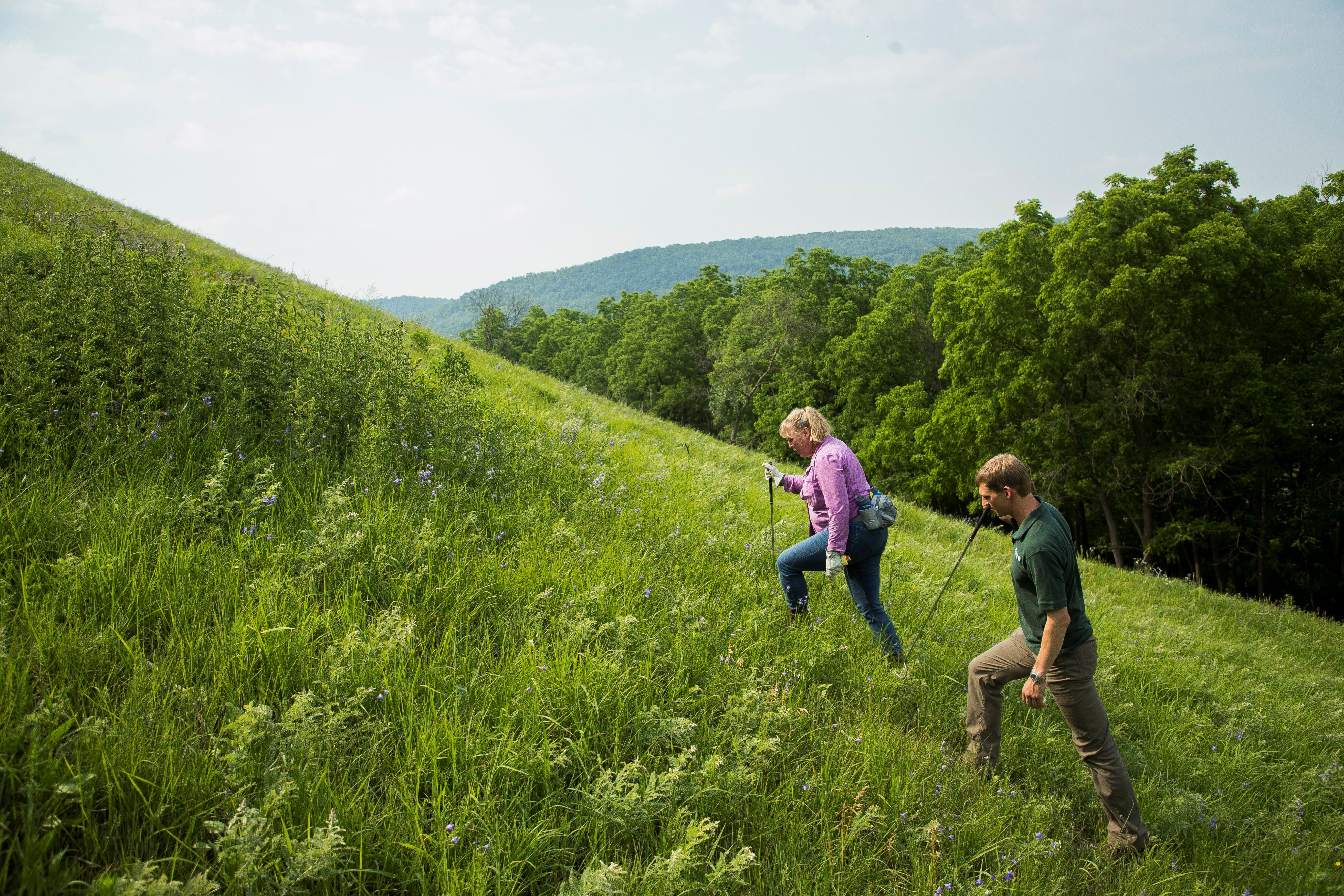
Explore our work in fresh water
The Other Side of Prairie Life
How a tiny fish made a big comeback in southwest Minnesota’s prairies.
Rinse and Re-Peat
Restoring Minnesota’s peatlands for climate and water.
Trees for Trout
We're restoring climate-resilient forests to ensure the future of an essential Minnesota pastime—trout fishing.
Soil Health and the Supply Chain
Cover crops are good for the environment and farmers. Why aren’t they in more fields?


We can’t protect freshwater without you!
By subscribing and giving, you help support our work to protect the lands and waters on which all life depends.

